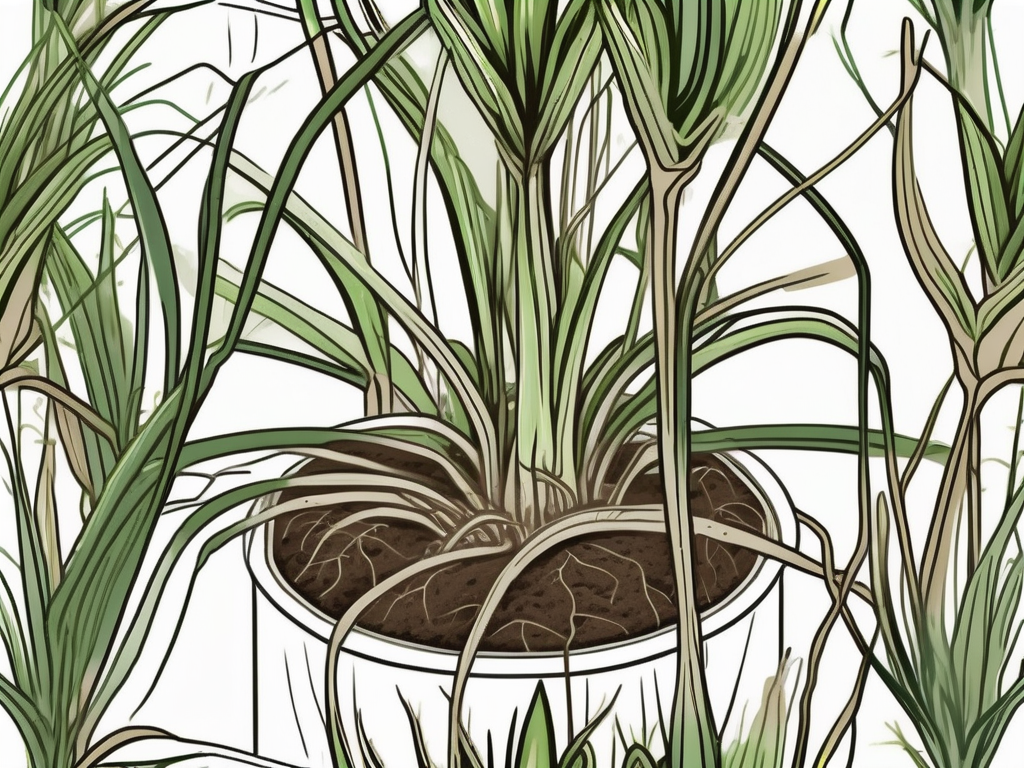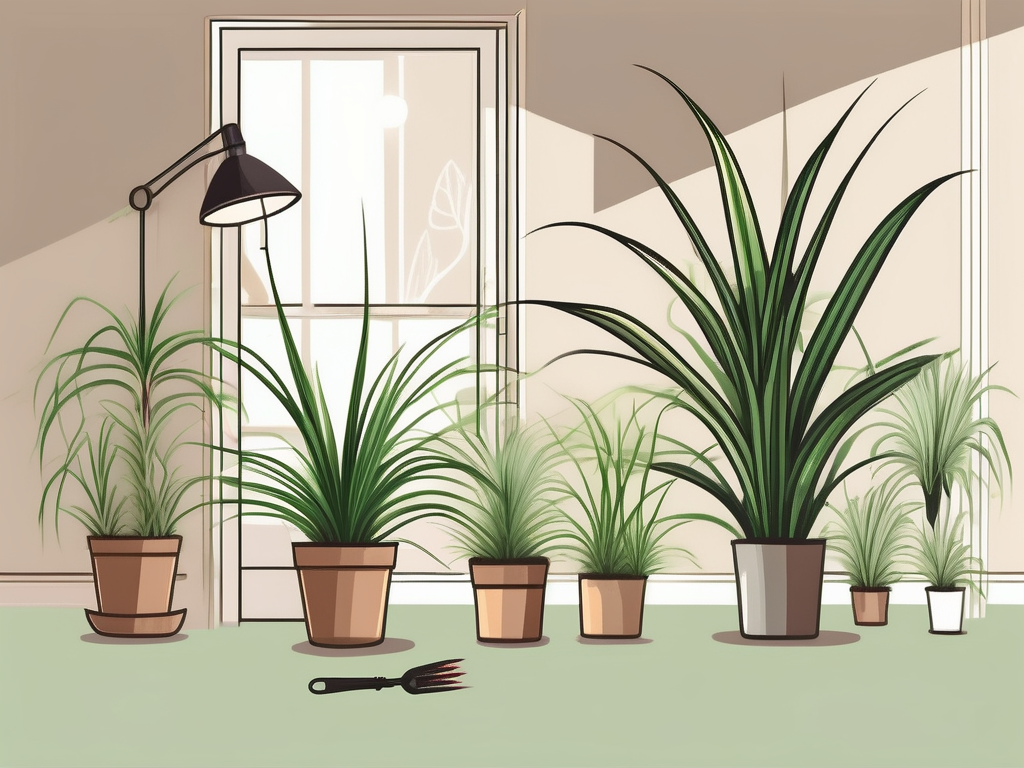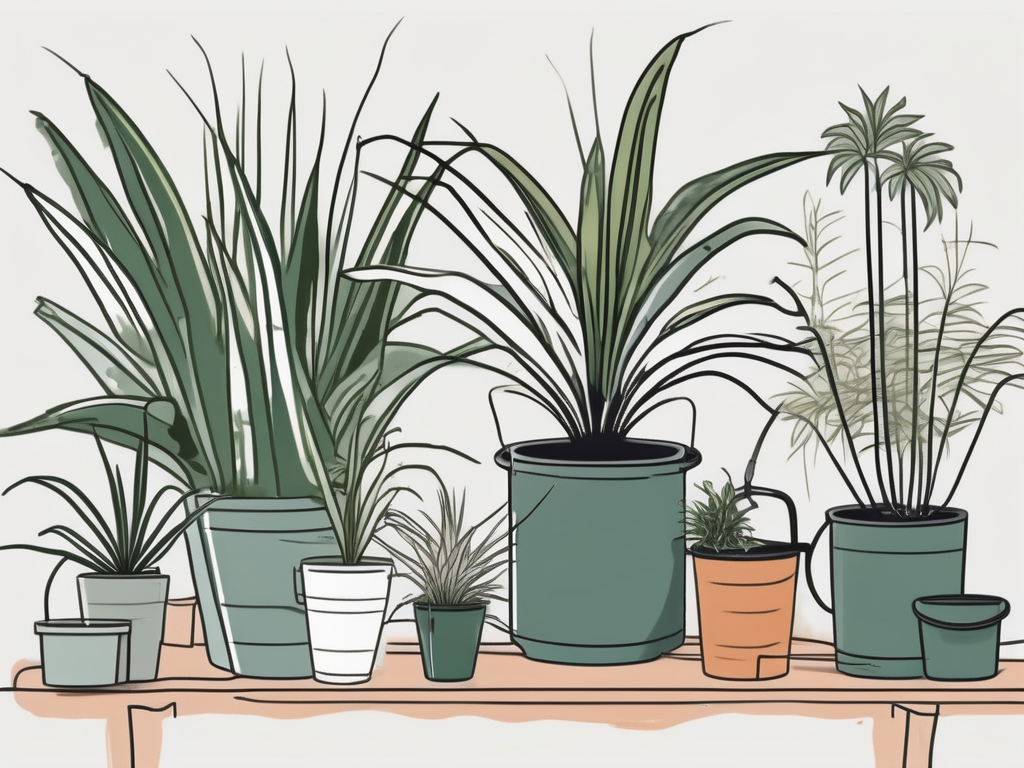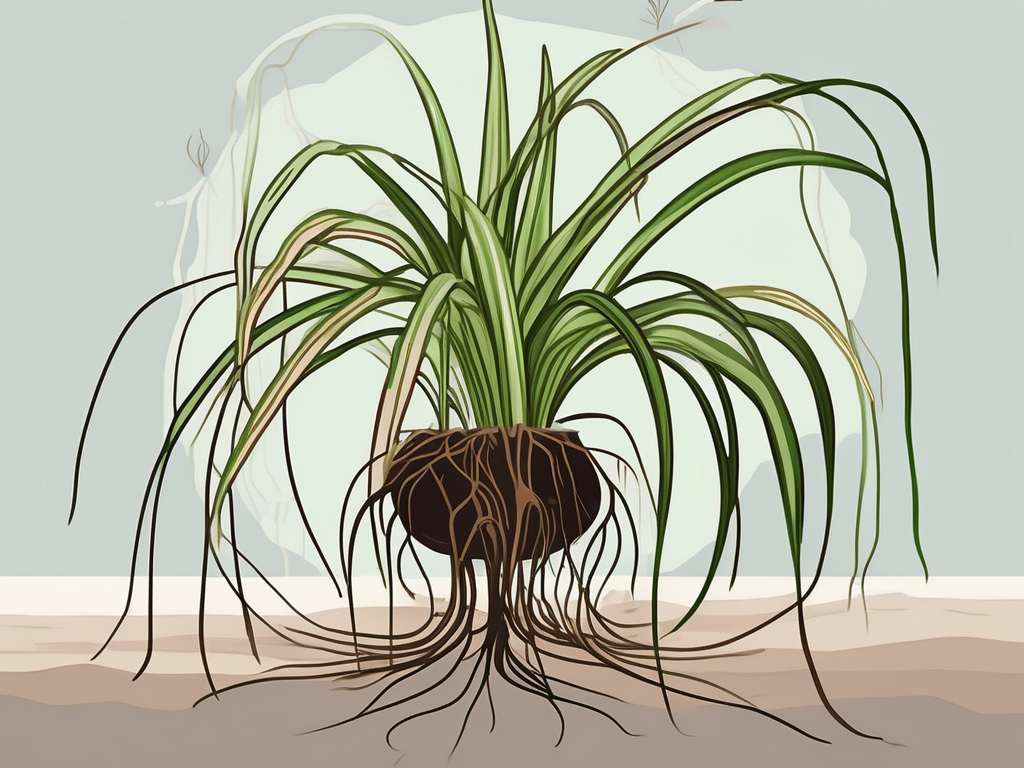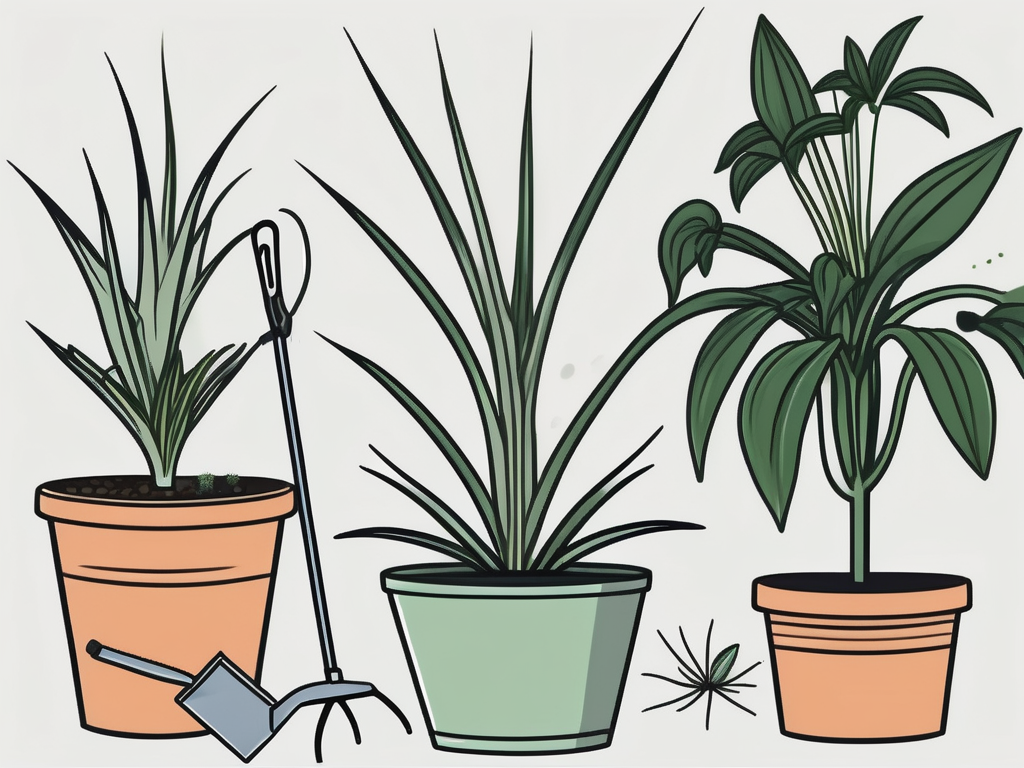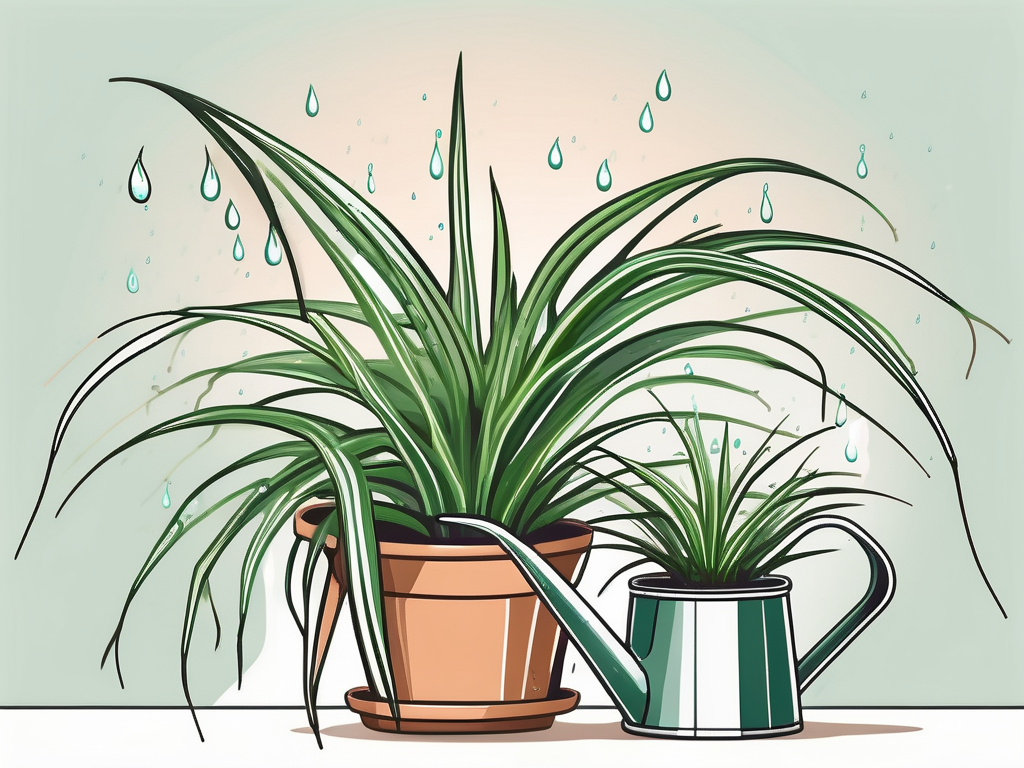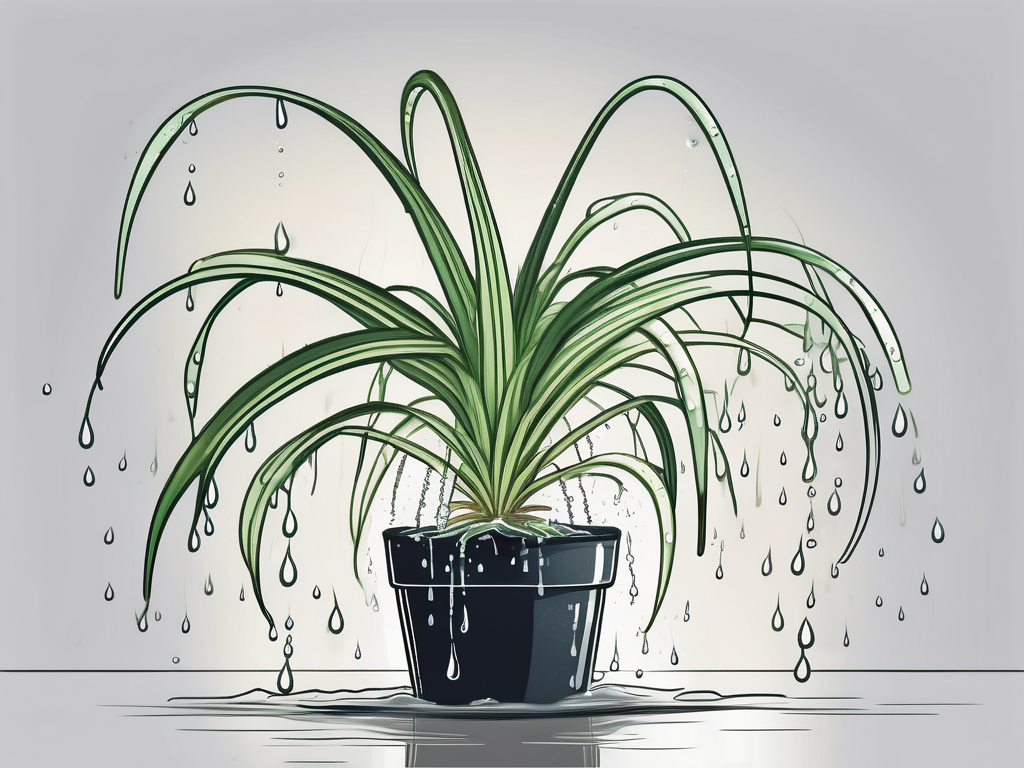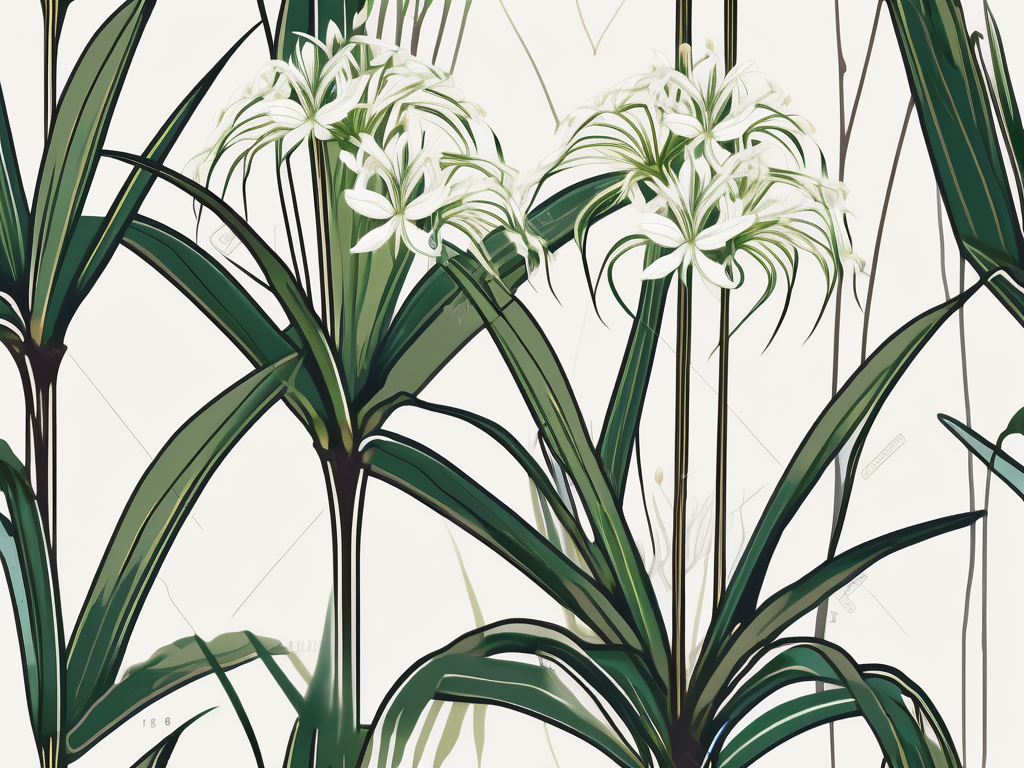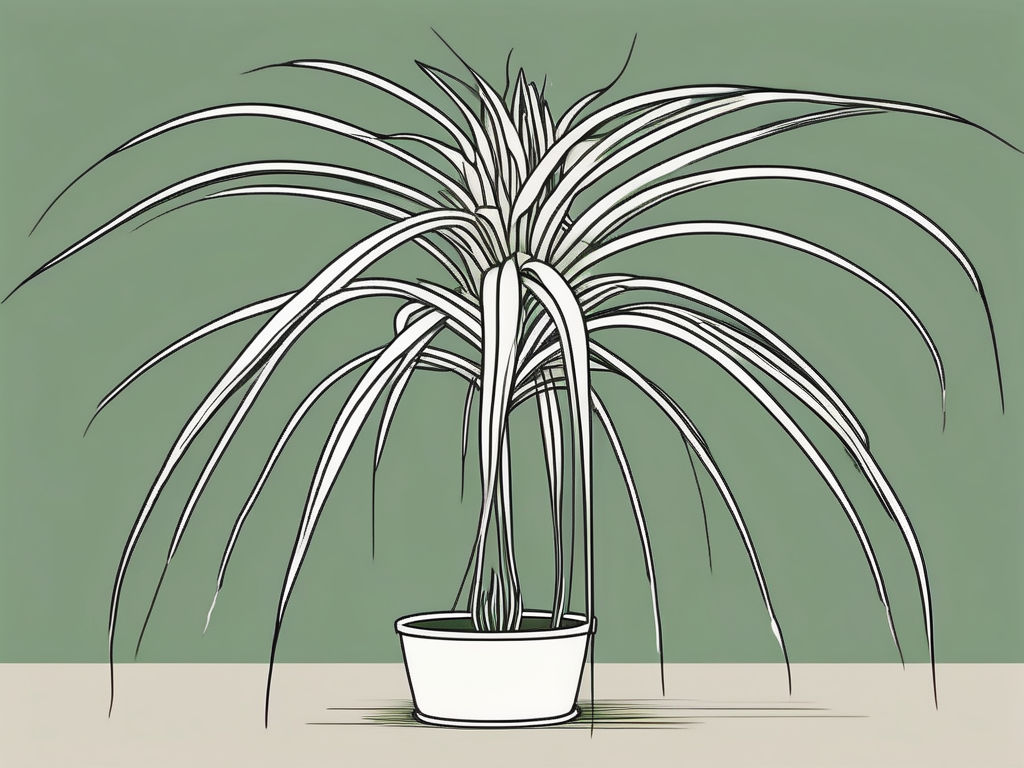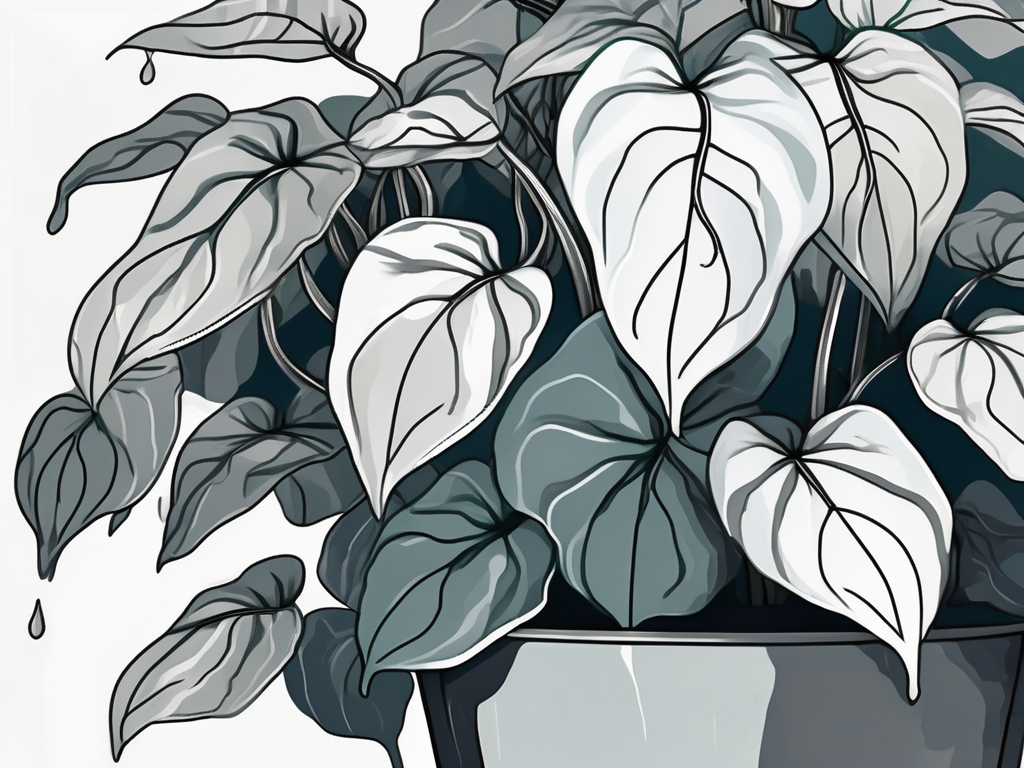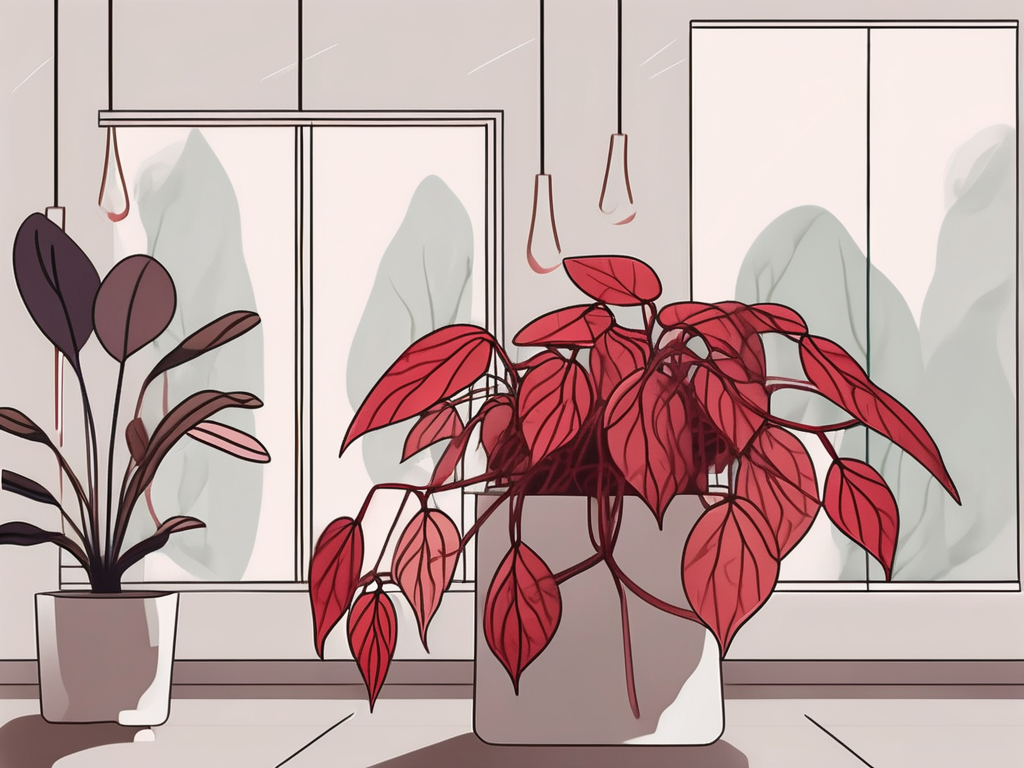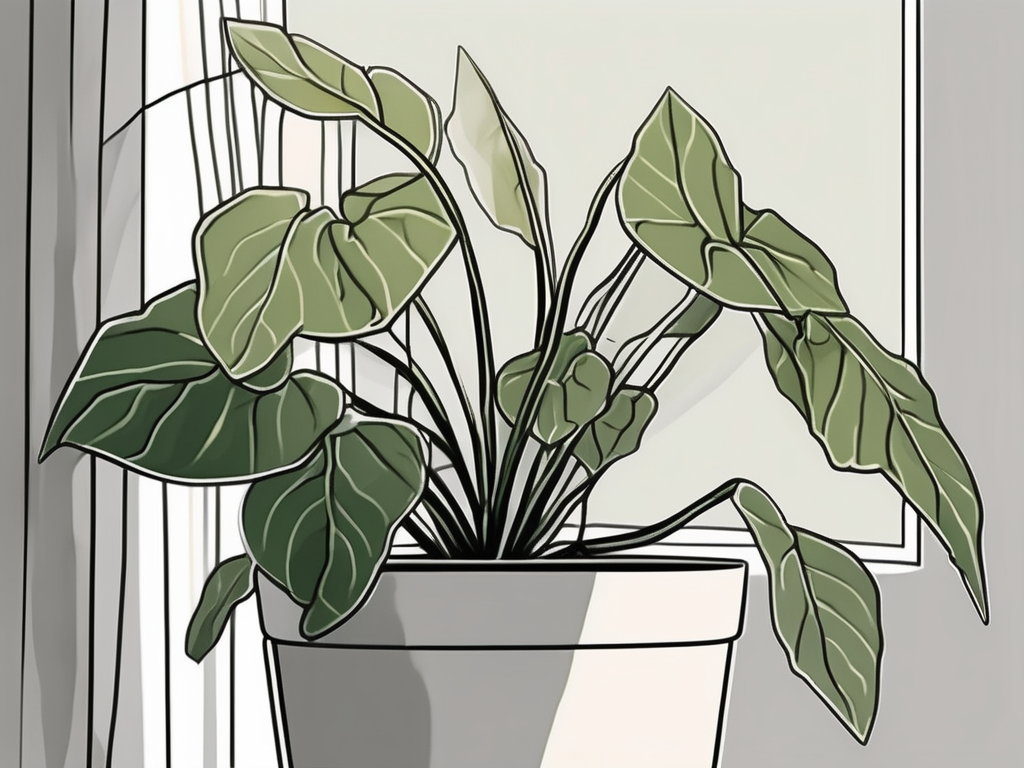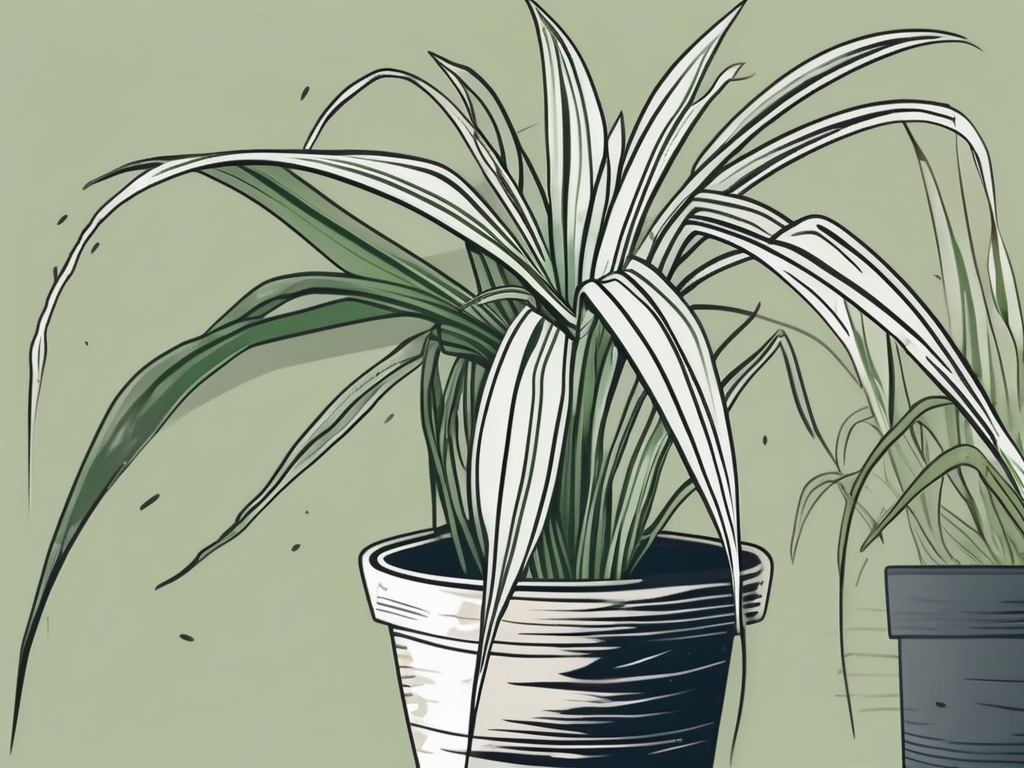
Spider plants are often the pride and joy of many plant lovers, thanks to their vibrant green leaves and charming baby spiderettes. But what happens when these seemingly easy-going plants start to wilt? It can be disheartening to watch your once-thriving spider plant droop and lose its pep. Fear not! There are several common reasons for wilting, and most are easily fixable with a bit of care and attention.
This article will guide you through the potential causes of wilting in your spider plant, ranging from watering mishaps to environmental factors. We’ll also share practical solutions and tips to revive your plant and keep it flourishing. By the end, you'll feel confident in your ability to diagnose and treat your spider plant's woes.
Watering Woes
One of the most common reasons for wilting in spider plants is improper watering. Spider plants are relatively forgiving, but they do have specific needs when it comes to their drink of choice. Both overwatering and underwatering can cause drooping leaves, so let's take a closer look at each scenario.
Overwatering: Spider plants are susceptible to root rot, which occurs when roots sit in waterlogged soil for too long. If you notice your plant's leaves turning yellow or brown and feeling soft, overwatering might be the culprit. The soil should dry out slightly between waterings, so make sure your pot has drainage holes to prevent water from accumulating at the bottom.
Underwatering: On the flip side, if the leaves are dry and crispy, you might not be giving your plant enough water. Spider plants prefer evenly moist soil, but not soggy. Monitor the soil and water when the top inch feels dry to the touch. A little consistency goes a long way in keeping your plant happy.
Remember, your spider plant's watering needs may change with the seasons. They typically require less water during cooler months, so adjust accordingly to prevent wilting.
Light Levels
Spider plants thrive in bright, indirect light. However, they can tolerate a range of light conditions, which is part of their charm. But what happens if your plant isn't getting the right amount of light?
Too Much Light: If your plant's leaves are scorched or turning brown at the tips, it might be getting too much direct sunlight. While they can tolerate some direct sun, especially in the morning, spider plants prefer indirect light. Consider moving your plant to a spot where it receives bright, filtered light throughout the day.
Too Little Light: On the other hand, if your spider plant is in a dimly lit area, it might not be getting enough light to thrive. This can lead to weak, leggy growth and drooping leaves. Try relocating it near a window where it can bask in some indirect sunlight, or supplement with a grow light if natural light is limited.
Finding the right balance of light will help keep your spider plant perky and reduce the risk of wilting.
Temperature and Humidity
Spider plants are native to tropical regions, so they prefer warm temperatures and a bit of humidity. If your plant is wilting, consider the environment it's in.
Temperature: Spider plants like temperatures between 65°F and 75°F (18°C and 24°C). They don't appreciate sudden temperature changes, so avoid placing them near drafts, air conditioners, or heaters. If your plant is wilting, check to see if it's in a spot where temperature fluctuations are common.
Humidity: While spider plants can tolerate average household humidity, they do enjoy a bit of extra moisture in the air. If your home is particularly dry, especially in winter, consider using a humidifier or placing a tray of water near your plant to increase humidity levels. Alternatively, misting the leaves every few days can help simulate a more humid environment.
Ensuring your spider plant is in a comfortable environment can prevent wilting and promote healthy growth.
Pests and Diseases
Sometimes, wilting can be a sign of a pest or disease problem. Spider plants are generally hardy, but they're not immune to these issues.
Pests: Common pests like spider mites, aphids, and mealybugs can sap the vitality from your plant, leading to wilting. If you notice any small insects or webbing on your plant, take action. A gentle spray with neem oil or insecticidal soap can help control these pesky invaders. Regularly inspecting your plants will allow you to catch and treat infestations early.
Diseases: Root rot, caused by overwatering, is a common disease in spider plants. If you suspect root rot, carefully remove the plant from its pot and inspect the roots. Healthy roots should be white and firm, while rotting roots will appear brown and mushy. Trim away any affected roots and repot the plant in fresh, well-draining soil to give it a new lease on life.
Keeping a close eye on your plant's health will help you catch and address pest and disease issues before they lead to wilting.
Nutrient Deficiencies
A lack of essential nutrients can also cause your spider plant to wilt. These plants aren't heavy feeders, but they do appreciate a little nutrition boost from time to time.
Signs of Nutrient Deficiency: If your plant's leaves are yellowing or showing signs of poor growth, it might be lacking certain nutrients. A balanced, water-soluble houseplant fertilizer applied every month during the growing season (spring and summer) can help keep your plant healthy.
Over-Fertilization: Be cautious not to over-fertilize, as this can lead to nutrient burn and wilting. If you notice white crusts on the soil surface or leaf tips browning, you might be overdoing it. Flush the soil with water to remove excess salts and hold off on fertilizing for a while.
Providing your spider plant with the right nutrients without going overboard will keep it healthy and vibrant.
Pot and Soil Considerations
The pot and soil you choose for your spider plant can also affect its health and prevent wilting.
Pot Size: Spider plants prefer to be slightly root-bound, so a pot that's too large can lead to overwatering issues. If you suspect your pot is too big, consider downsizing to a smaller one with adequate drainage holes.
Soil Type: Well-draining soil is a must for spider plants. A mix of potting soil, perlite, and peat moss or coconut coir creates an ideal environment for healthy roots. If your plant is wilting, check if the soil retains too much moisture or dries out too quickly, and make adjustments as needed.
Choosing the right pot and soil can make a big difference in your spider plant's overall health and help prevent wilting.
Repotting Needs
Occasionally, your spider plant might need repotting, especially if it's been in the same pot for a few years. Repotting can invigorate your plant and address wilting issues.
Signs It’s Time to Repot: If your plant is root-bound, meaning the roots are growing out of the drainage holes or the plant has stopped growing, it's time for a bigger pot. Repotting every 2-3 years ensures healthy root development and prevents wilting.
How to Repot: Gently remove the plant from its current pot, untangle any roots, and trim any that are damaged. Place the plant in a new pot with fresh, well-draining soil, and water it thoroughly. This fresh start can rejuvenate your plant and reduce wilting.
Repotting might seem daunting, but it's a great way to give your spider plant a boost and ensure its long-term health.
Stress Factors
Just like us, plants can get stressed, and spider plants are no exception. Stress from changes in their environment or routine can cause wilting.
Recent Changes: If you've recently moved your spider plant to a new location, changed its watering schedule, or repotted it, these changes can stress the plant and cause wilting. Give your plant some time to adjust and keep an eye on its condition.
Handling Stress: To minimize stress, try to keep conditions as stable as possible. Avoid moving your plant too often, maintain a consistent watering schedule, and keep temperature and humidity levels steady. If your plant is wilting due to stress, patience is key. With time, it should bounce back.
Understanding and managing stress factors can help prevent wilting and keep your spider plant thriving.
Final Thoughts
Wilting in spider plants can be caused by a variety of factors, from improper watering to environmental stress. By identifying the root cause and making the necessary adjustments, you can restore your plant's vitality and keep it thriving.
At Cafe Planta, we're passionate about helping you care for your plants. Whether you're looking for new additions to your collection or need advice on plant care, we're here for you. Feel free to email us or send a message on Instagram. Let's grow together and bring a little more green into our lives!













